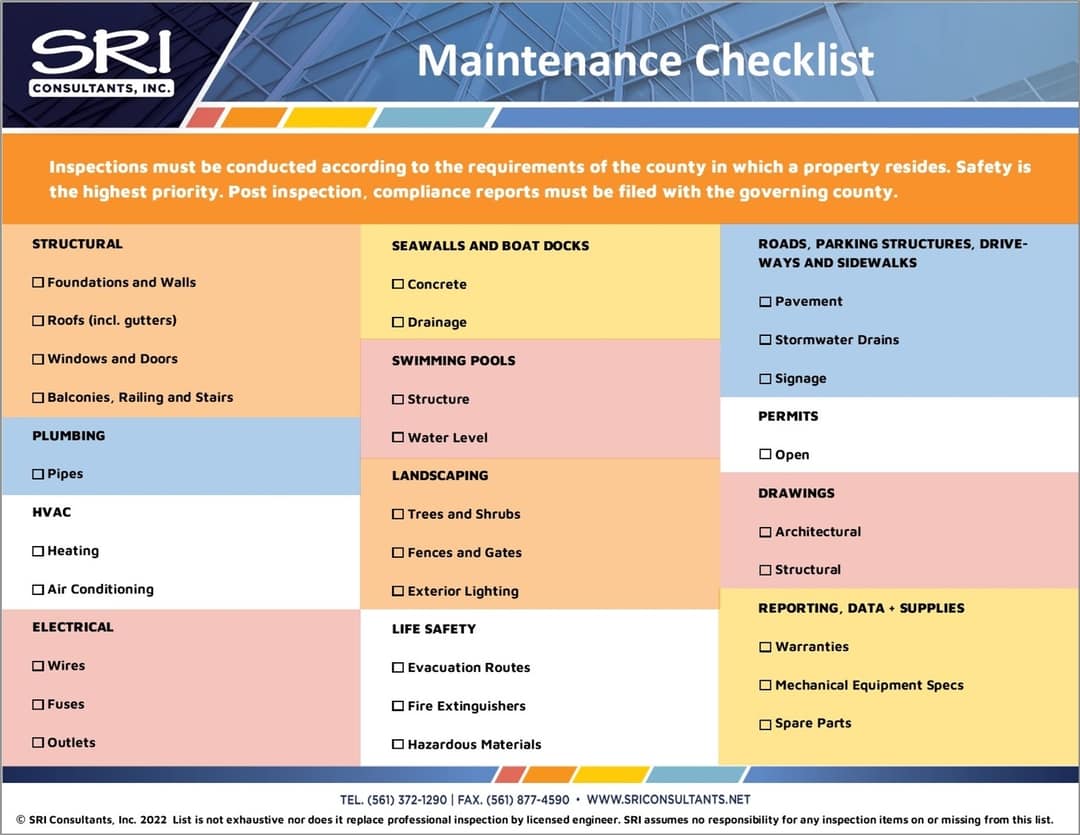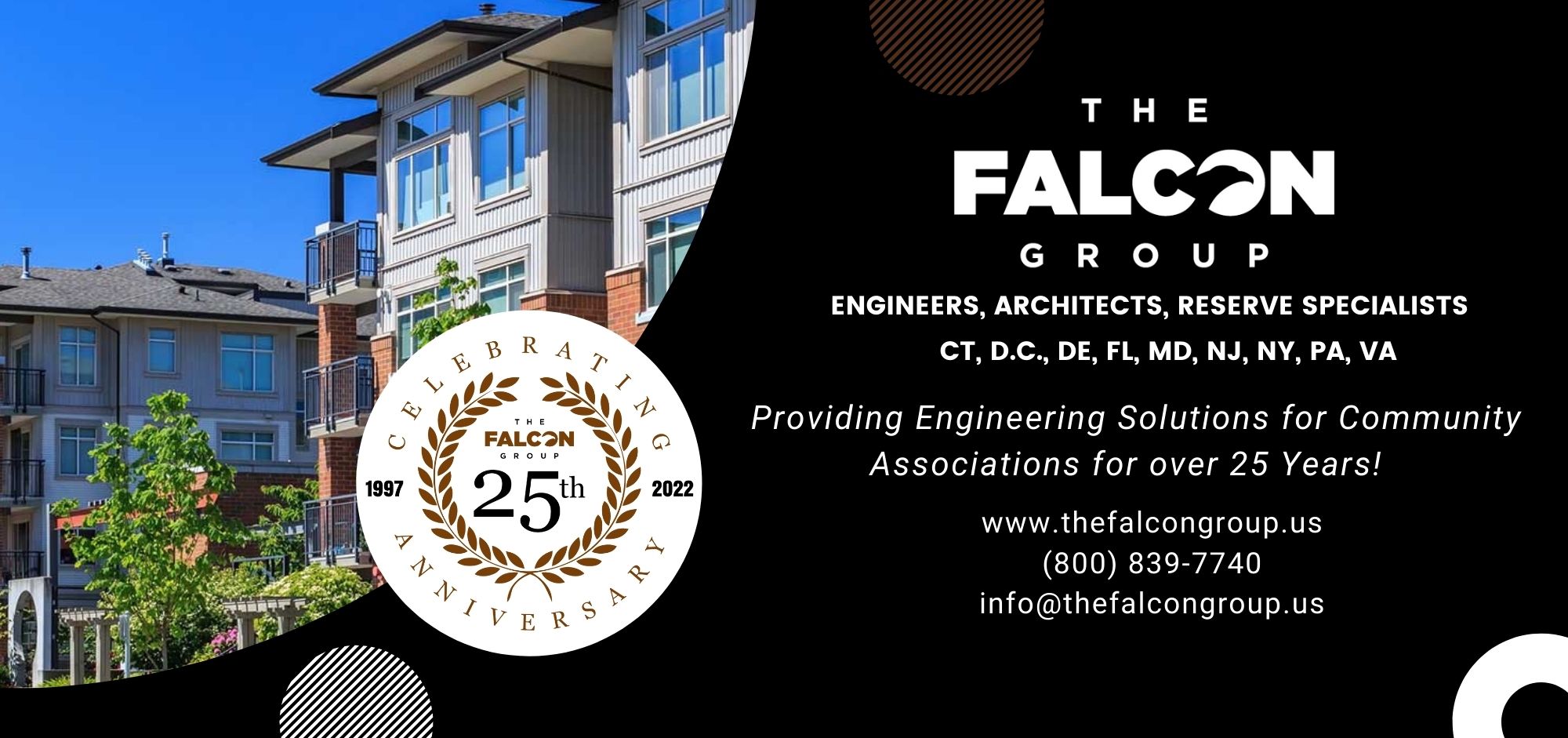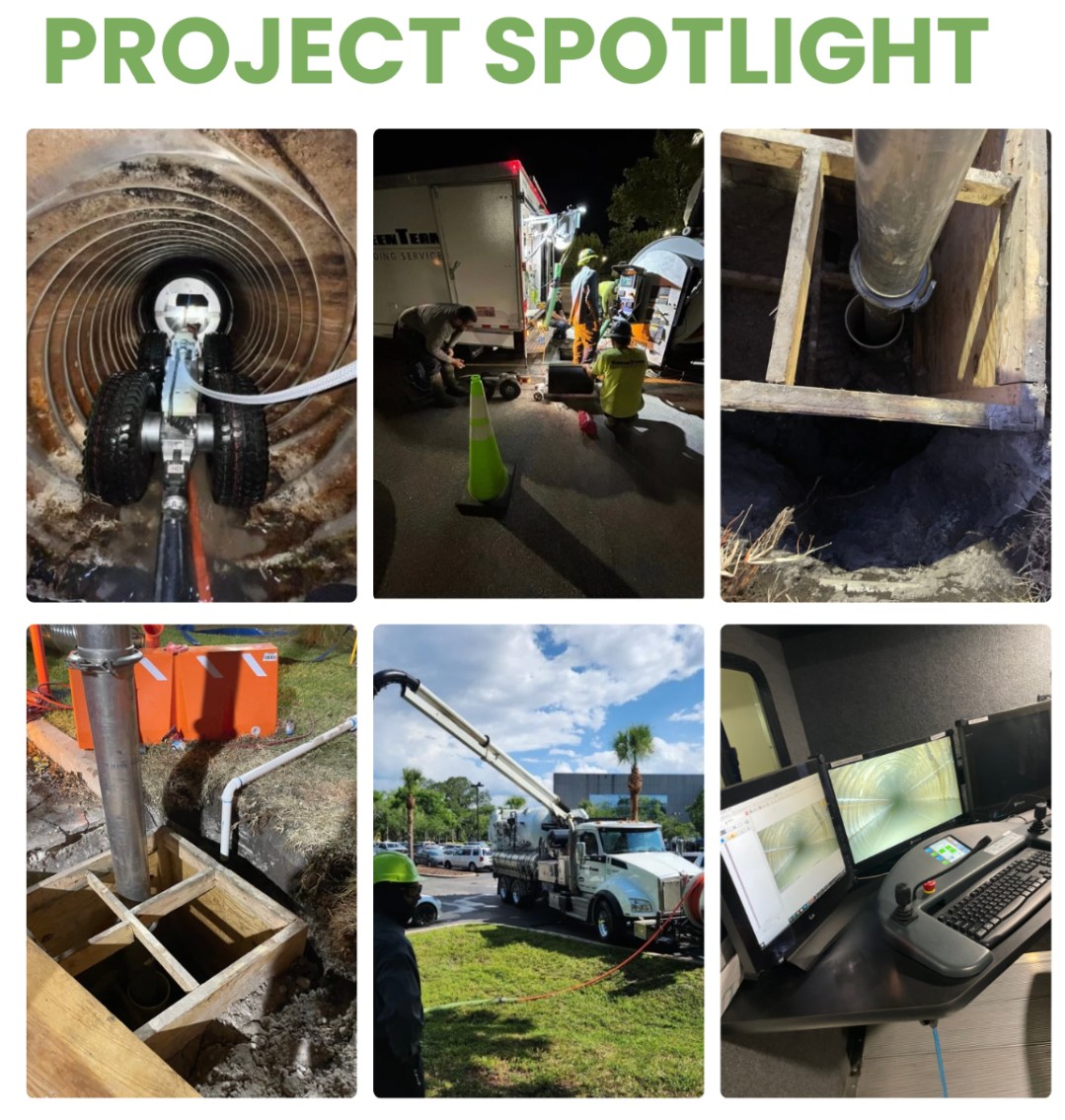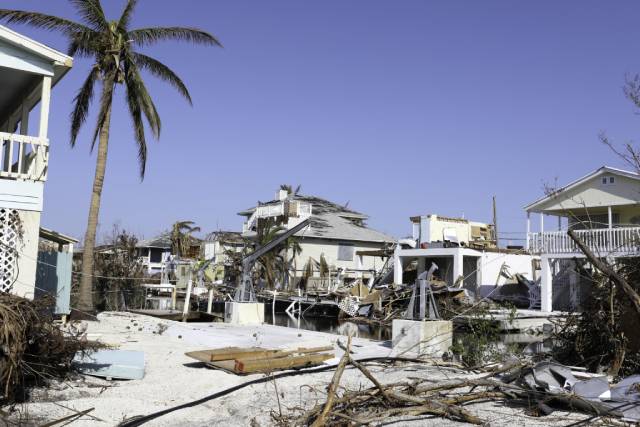Maximizing the value and life cycle of a building requires continuously maintaining performance and improving energy efficiency Learn how Rimkus can help with your Building Inspections & Repair.
Building Envelope Services
Maximizing the value and life cycle of a building requires continuously maintaining performance and improving energy efficiency Learn how Rimkus can help with your Building Inspections & Repair.
From the design of new buildings to the construction materials and technologies used to repair and maintain existing structures, we are uniquely qualified to provide a full range of global building envelope consulting services to help prevent and eliminate problems.
Performance for the Life Cycle of Your Project
Committed to utilizing sustainable materials and methods as applicable, we proactively address performance issues to improve the way buildings are constructed and maintained.
View our building envelope services:
- Building Envelope Assessments
- Façade Inspections
- Façade Restoration
- Historic Preservation
- Pavement Engineering
- Roof Consulting
- Waterproofing and Weatherproofing Assessments and Design
Building Envelope Assessments

Contract Administration

Retaining Rimkus to handle your Contract Administration services on your roof construction projects will provide you with seasoned professionals who know how to control costs and long term outcomes. You will experience greatly improved transparency and accountability from your contractors and you will also be far more likely to maintain critical schedules, budgets, and deadlines on your projects. Rimkus achieves these benefits by maintaining a free flow of information between the Contractor and Owner. Our services also include payment certification and preparation of change orders for any additional work that may be encountered during the course of the project. We strive to protect our clients by confirming that the solutions you invest in meet all of your roofing and building portfolio needs. At Rimkus, you will find a level of personal attention on every project that is unmatched by any of our competitors. Trust in our veteran team, state-of-the-art technology, and our decades of experience in the industry. We offer:
- Contract Administration
- Schedule, budget, and deadline maintenance
- Minimization of building occupant disruptions
- Payment certification
- Preparation of change orders
- Review of shop drawings / material submissions
Diagnostic Testing

To properly assess the condition of your roof we need to determine its composition, quality, and moisture content. At Rimkus, we can accurately assess each of those factors with our Destructive and Non-Destructive Testing protocols. It is one of the steps taken during your Roof Condition Analysis and a necessary tool in projecting the life expectancy and long-term costs of your roof. We can also use the results to save you money by identifying problems before they become catastrophic. We strive to protect our clients by confirming that the solutions you invest in meet all of your roofing and building portfolio needs. At Rimkus, you will find a level of personal attention on every project that is unmatched by any of our competitors. You can place your trust in our veteran team, state-of-the-art technology, and our decades of experience in the industry.
We offer a variety of diagnostic testing methods:
- Infrared thermography
- Tramex moisture meter
- Electrical Field Vector Mapping (EFVM)
- Core cut testing
- Delmhorst Probe
Façade Inspections

When façade elements fail, components could fall, thereby putting people and property at risk. As a response to this, many cities have passed façade ordinances to identify unsafe conditions, such as loose façade components or materials that may fall and cause damage to property or injury to pedestrians. At Rimkus, we provide professional building inspections supported by recommendations and design for proactive maintenance and repair programs. Façade inspections typically fall into one of the following categories:
- Safe: Requires no attention
- Safe with a Repair and Maintenance Program: Requires repairs or maintenance within a time period designated by the professional in order to prevent deterioration into an unsafe condition
- Unsafe: Has no reliable means of structural support and is dangerous to persons or property. Requires prompt remedial action.
Conducting Inspections Inspection requirements range from visual inspection of street-facing façades by architects, engineers, or contractors, to “hands-on inspections” that require licensed engineers or architects to physically touch façade components for each elevation of the building along the entire height of each elevation. Typically, inspections are required for buildings over five stories, with inspection frequencies ranging from two to five years. Our experts are well versed in façade condition assessments and have the experience and knowledge needed to identify repair details as well as oversee the completion of the repairs on behalf of the property owner.
Façade Restoration

Historic Preservation

Leak Investigations

Roof Condition Assessments

Waterproofing and Weatherproofing Assessments and Design

Rimkus assists in the evaluation of existing roofing/waterproofing systems, as well as the design and construction administration of the repair or replacement, of all roofing/waterproofing systems including:
- Single Ply (Thermoset and Thermoplastic) Systems
- Modified Bitumen Roof Systems
- Fluid-Applied Liquid Membranes
- Vegetative/Green Roofs
- Balcony Waterproofing
- Below-Grade and Sidewalk Vault Waterproofing
Similar to most aspects of construction one size, does not fit all with respect to roofing and waterproofing systems. Several factors determine the appropriate system for a particular building, including:
- Building Code Regulations
- Requirements of Owner’s Insurance Provider
- Climate and Wind/Weather Exposure
- Frequency and Type of Foot Traffic
- Intended Use (of Roof Surface and Interior Space Below)
- Mechanical Equipment and Exhaust Units
- Overall Size
- Roof Slope
- Desired Life Expectancy
- Owner’s Budget
- Number of Penetrations
- Roof Deck Composition
Several commonly overlooked processes can be established during the installation of a new roof that will help reduce the cost of future maintenance and extend the service life of the roof system:
Leak detection systems can be installed in most roof systems to use as a quality assurance tool and to allow for easy identification of future leaks. This is particularly important in roofs with an overburden (i.e., inverted roof systems and vegetative roofs). A custom-tailored roof inspection and maintenance schedule should be provided for the owner’s use in prolonging the useful life of the roof system and minimizing the risk of leaks resulting from roof damage.
General Contact Information
PHONE +1 800 580 3228
EMAIL expert@rimkus.com




 At UPE, we understand how valuable your time is and we are committed to providing our industry leading expertise to your next project. Our team welcomes any and all challenges to ensure a smooth and cost-effective project for all our clients and everyone involved. Your journey with us is important, and we take pride in making it memorable!
At UPE, we understand how valuable your time is and we are committed to providing our industry leading expertise to your next project. Our team welcomes any and all challenges to ensure a smooth and cost-effective project for all our clients and everyone involved. Your journey with us is important, and we take pride in making it memorable!










 Structural Workshop is a Structural Engineering and Building Consulting firm founded in 2004.
Structural Workshop is a Structural Engineering and Building Consulting firm founded in 2004. 